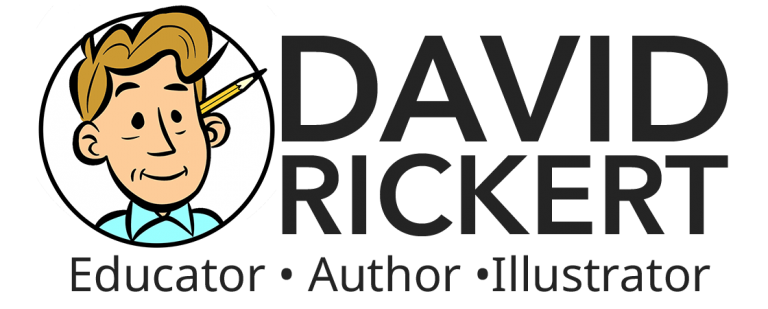This is the main product description. Lorem ipsum dolor sit amet, consectetur adipiscing elit. Duis nunc tellus, consectetur gravida vehicula vitae, auctor vestibulum felis. Vestibulum mattis condimentum sodales. Nunc commodo sem quis pellentesque ornare. Cras id justo erat. Aenean blandit imperdiet est commodo egestas. Donec molestie venenatis dui, in auctor risus ultrices sed. Nulla facilisi. Donec at augue nunc. Morbi auctor dolor lacus, ac sollicitudin magna aliquet eget. Mauris at tellus eu sapien dictum tempus ut in lacus.
Integer volutpat arcu sed risus auctor, nec eleifend magna suscipit. In pellentesque orci convallis dolor vehicula malesuada. Morbi sapien neque, posuere a erat vitae, molestie imperdiet nibh. Duis maximus ligula nec faucibus lacinia. Integer hendrerit, nisl ac laoreet rutrum, nibh velit auctor felis, sit amet semper metus felis vitae nunc. Etiam cursus elit sit amet vestibulum pharetra. Suspendisse faucibus sodales est ac placerat. Ut consectetur lectus metus, eu ornare ante efficitur vel. Integer efficitur lacinia blandit. Nunc pharetra aliquet semper. Praesent eget posuere ante. Aenean dignissim, tellus at dapibus dictum, enim risus ultrices diam, eget aliquam elit magna rutrum ligula. Aliquam lacus ante, sollicitudin vitae mi sed, aliquet sagittis nisi. Curabitur ac suscipit mi, ac aliquam neque. Vestibulum ullamcorper aliquet orci, et efficitur diam lacinia at. Ut sed metus id risus mollis bibendum id ut dui.
Proin cursus, neque vel eleifend molestie, neque odio dapibus est, vitae dictum mi urna hendrerit augue. Donec nisl justo, commodo vitae odio nec, euismod condimentum risus. Aliquam facilisis ut sapien in volutpat. Proin sit amet lectus ultricies, egestas arcu a, bibendum risus. Sed sodales lacinia vestibulum. Ut finibus iaculis lorem. Aliquam aliquet augue lectus, ac malesuada urna molestie quis. Mauris fermentum iaculis convallis. Pellentesque sed accumsan nisi, eu fringilla dolor. Phasellus suscipit justo in leo feugiat sagittis. Orci varius natoque penatibus et magnis dis parturient montes, nascetur ridiculus mus. Vivamus tempus magna vel massa maximus maximus.
